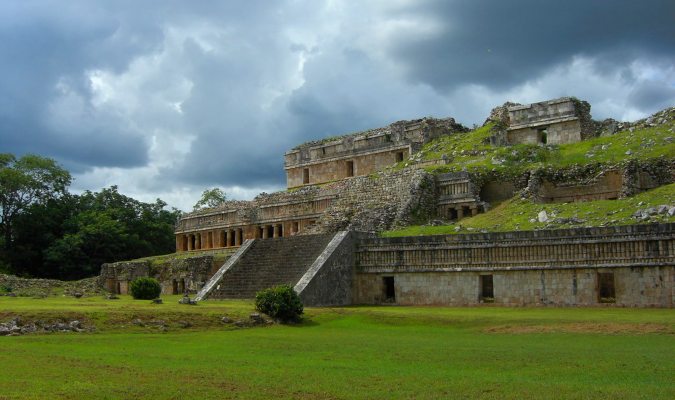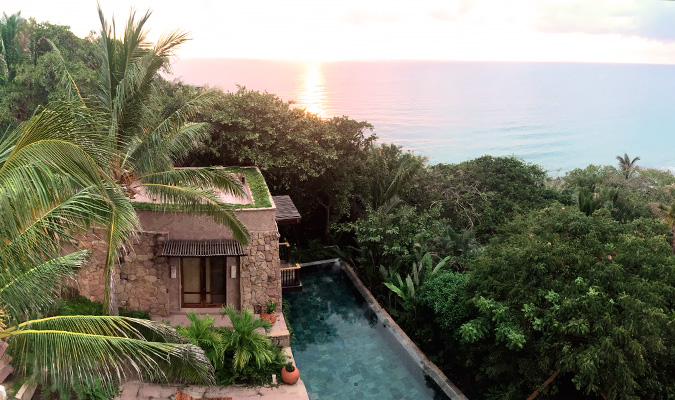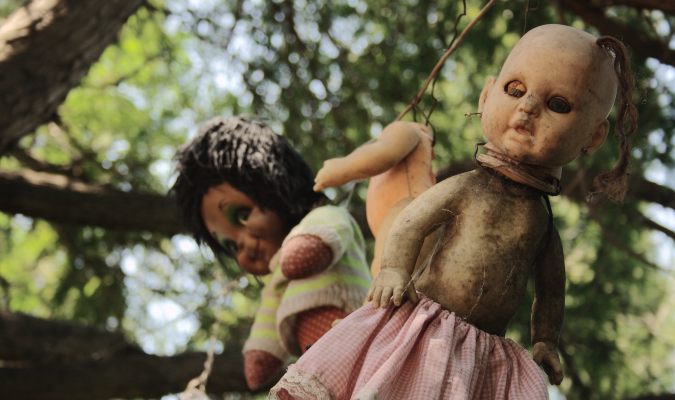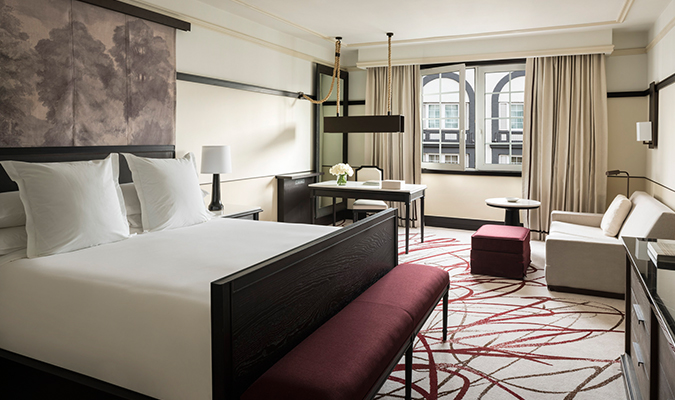Going on a Mexico City sightseeing tour is the perfect way to acquaint yourself quickly with one of the truly great megacities. Whether you opt for a taco tour, art adventure, or cantina crawl, there are certain things you’ll want to bring with you to make your day much more comfortable.
Below is a list of six items that should be taken on every Mexico City sightseeing tour you go on. And if you’ve not yet booked your tour, speak to a Journey Mexico Travel Planner who can organize your perfect adventure for you.
Six things to bring on a Mexico City sightseeing tour
Comfortable shoes
Much of your Mexico City exploration will be done on foot, particularly if you’re visiting the Zócalo and its surrounding area. But if you’re spending all day on your feet, it will take a toll on those poor soles of yours.
Make your adventure much more pleasant by wearing your comfiest pair of shoes. Sneakers work, just make sure they don’t rub otherwise you might have to curtail your adventure — and no-one wants that!
Sun block
Just because you’re not taking a beach vacation in the Riveria Maya or unwinding in a luxury Puerto Vallarta villa, doesn’t mean you’ll be immune from the sun’s rays. In fact, Mexico City gets pretty sunny, so make sure to bring sun block with you. It’s essential.
Use a sunscreen of at least SPF 30 and follow the instructions on the bottle. Remember to take all the precautions you can, including wearing hats, clothes that cover your skin, and sticking to the shade.
Bottle of water
When you’re going on long walks, you can easily get dehydrated without being aware of it. Make sure to bring a bottle of water with you every time you leave your accommodation. If you do accidently leave your H2O at home, there are plenty of shops and stands around Mexico City that sell bottles at a reasonable price.
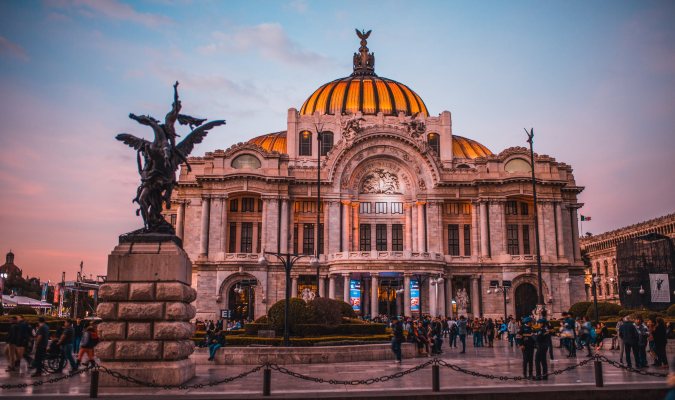
Palacio de Bellas Artes in Mexico City
Sunglasses
Mexico City is a treasure chest of beautiful architecture, stunning statues, murals, and displays, all of which can’t be appreciated quite as well when the sun is glaring right into your eyes. Remember to bring those sunnies. Bringing the correct eyewear, with protection from the sun’s UV rays, will also help to prevent eye damage.
Camera
A lot is going on in Mexico City, much of it eye-catching and beautiful, and you will want to keep those memories for life. For that reason, remember to take your (fully charged) camera with you. If you have a DSLR-style camera, all the better, but many top-end cell phones will do just as good a job for the amateur photographer.
JM Tip: If you’re going to rely on using your cell phone, it might be wise to take a portable charger with you depending on the battery life of your cell.
Change
As you will discover walking around Mexico City, and particularly the Zócalo area, there are plenty of musicians, side shows, and entertainers offering a performance for a bit of cash. Many of the performers in the area will astound you with their skill, and are well worthy of the change in your pocket… if you have any.
Make sure to keep at least some pesos on you to give to these well-deserving entertainers. Additionally, you may find some of the street-side vendors — particularly the taco stalls — won’t accept card payments. Don’t miss out on a culinary delight just because you forgot to put some pesos in your pocket!
Sightseeing in Mexico City: Booking your tour
Booking a tour in Mexico City is a must, especially for first-time visitors. The capital is a sprawling, buzzing metropolis with seemingly endless side streets of baroque churches and gorgeous architecture. Seeing them is one thing, but getting the background behind them takes the experience to a whole new level.
Make sure you enjoy the very best tours in Mexico City by booking with Journey Mexico. With an elite level of service and private tours, you’ll get the very most out of your Mexico City sightseeing adventure. Contact Journey Mexico to organize your perfect trip.






